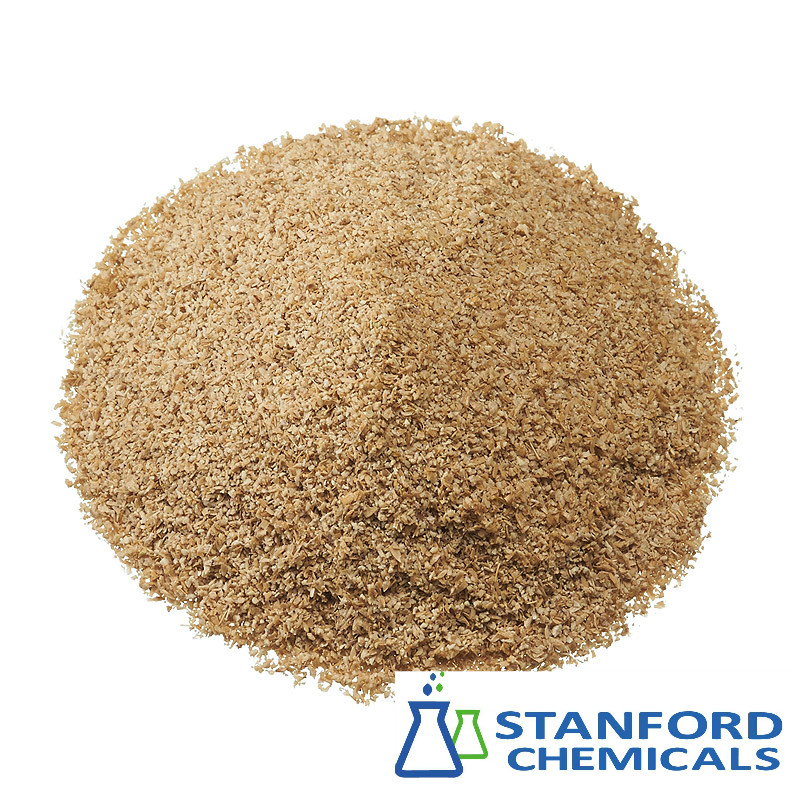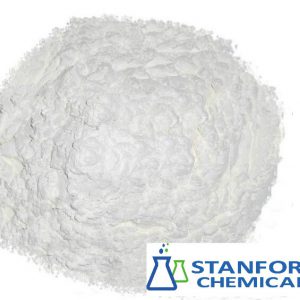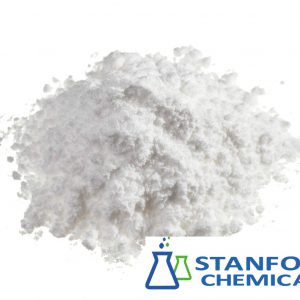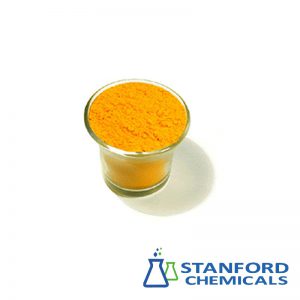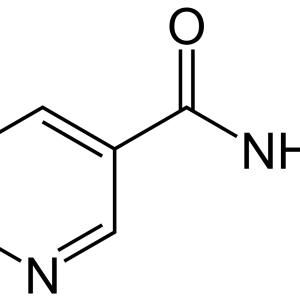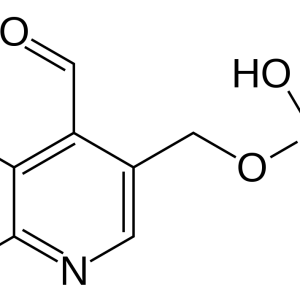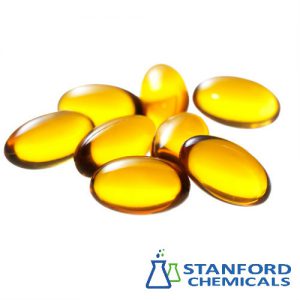- Home
- Feed Additives
- 060-000-214 Choline Chloride 60% Corn Cob
060-000-214 Choline Chloride 60% Corn Cob
- Type:Vitamins
- CAS No:67-48-1
- Qty in 20′ FCL:17MT
- Min. Order:17000KG
- QC:HACCP,KOSHER,HALAL,ISO,SGS,UKAS
- Packaging:Provide Neutral Packaging
Choline Chloride 60% Corn Cob is one of the popular food/feed additives and ingredients in most countries.
- Description
Description
Introduction to Choline Chloride 60% Corn Cob
Choline chloride 60% Corn Cob is a tawny granule with a slightly peculiar smell and is hygroscopic. It is produced by adding feed-use excipients, such as corn cob powder, defatted rice bran, rice husk powder, drum skin, and silica, to aqueous choline chloride to create choline chloride powder.
Choline as a Vital Nutrient
Choline, also known as 2-hydroxyethyl-trimethyl ammonium hydroxide, is usually classified as a complex vitamin B (often referred to as vitamin B4). As a low-molecular organic compound, it maintains the physiological functions of animals’ bodies. While choline can be synthesized in vivo, it is commonly required in feed as a single vitamin and represents the largest demand among feed additives.
Key functions of choline include:
- Regulating fat metabolism and transformation in vivo, preventing abnormal fat accumulation in the liver and kidney.
- Promoting the re-formation of amino acids and aiding in their utilization.
- Sparing methionine partially, contributing to efficient nutrient utilization.
- Choline chloride, the most common and economical form of choline, is primarily used as a mixing additive in animal feed.
Choline Chloride 60% Corn Cob Specification
| ITEM | STANDARD |
| Content(%) | 60.17 |
| Carrier | Corn cob |
| Loss on drying(%) | 1.52 |
| Particle size%(though 20 mesh sieve) | 91.7 |
| Tma(ppm) | 203 |
| Gmo | Free |
| Melamine | Free |
Important Usage Notes for Choline Chloride
Choline chloride must be added to feed as the final step due to its potentially damaging effects on other vitamins, particularly when metallic elements are present. These effects include:
Rapid destruction of vitamins A, D, and K.
To mitigate this, it is essential to:
Avoid adding choline to multi-dimensional formulations.
Ensure that compound feed mixed with choline is used immediately after preparation.
Effects of Choline Deficiency in Animals
A shortage of choline in animals’ feed can lead to various symptoms, specific to each animal type:
Poultry:
Slower growth, reduced egg production, and smaller egg size.
Poor egg hatchability, fat accumulation in the liver and kidney, tissue degeneration, behavioral disorders, and muscular dystrophy.
Pigs:
Slower growth, behavioral and mental disorders, muscular dystrophy, poor fertility, and excess fat stored in the liver.
Bovine:
Respiratory disturbances, behavioral disorders, loss of appetite, and slower growth.
Fishes:
Slower growth, fatty liver, poor feeding efficiency, kidney, and intestinal bleeding.
Other animals (e.g., cats, dogs, and fur-bearing animals):
Behavioral disorders, fatty liver, and inferior coat color.

